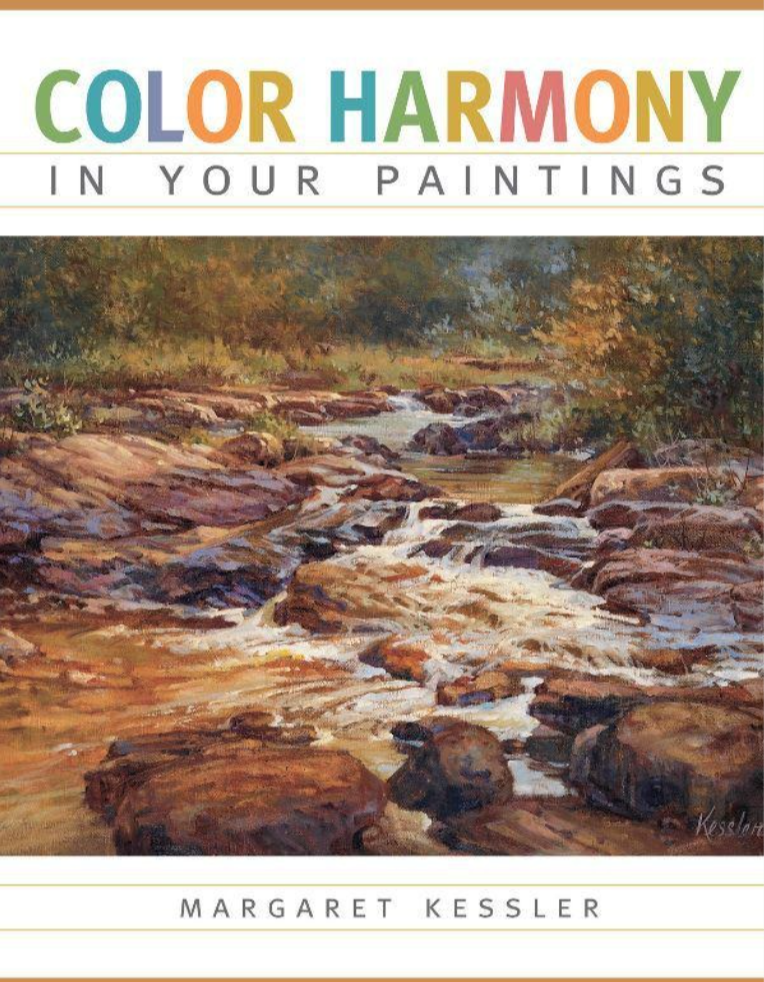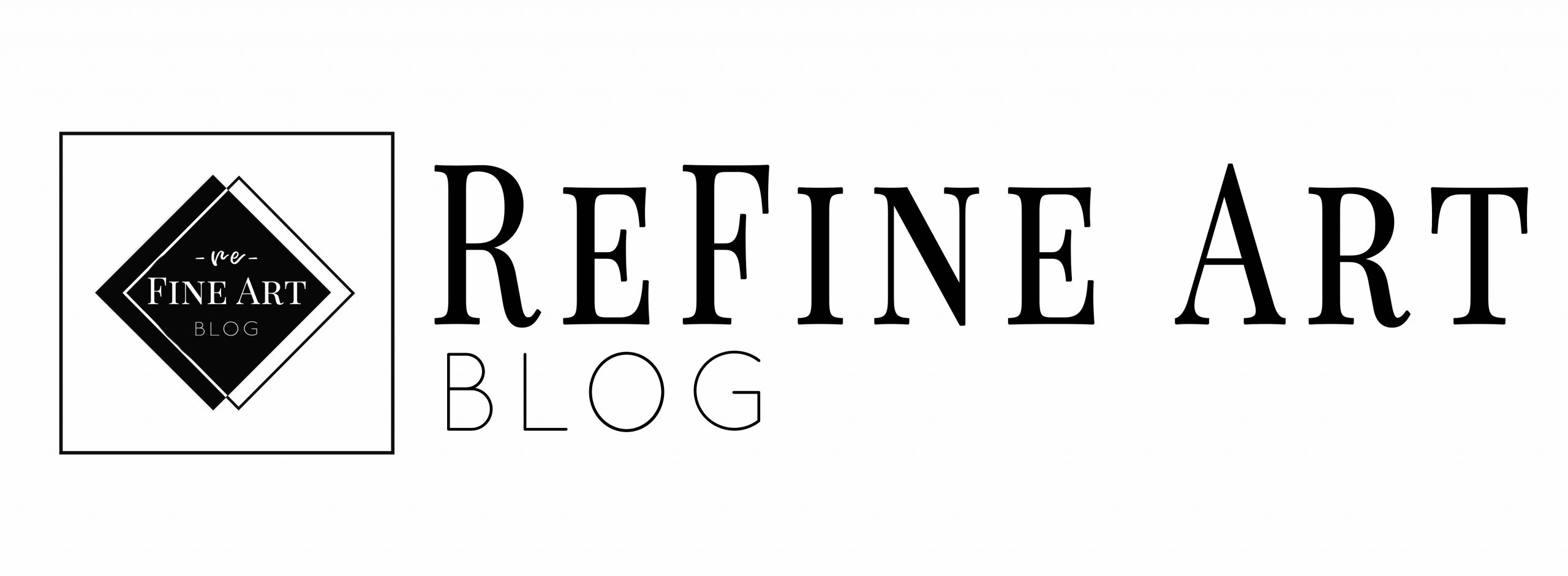Even though color theory is a universal and pretty much very straight forward, every artist still finds a way to use this tool in a different way. I find it extremely interesting and always want to find out all the secrets of someone’s use of color. Just as any artist will paint the same subject different from everyone else, we also use color choices as one of our main style aspects. Sometimes, you can even determine the artist just by the colors of the painting when you know someone’s style. And here I compiled a list of the most useful and insightful books written by artists for artists that teach you all the tips and tricks on how to get the most out of your paints, mix, match, improvise and develop your own color preferences. All of these artist are very different in their styles, some are more abstract and some are more detailed, some use more vibrant and some use more subtle colors, but each of these books contains invaluable lessons that will improve your own style and you color game.
- Fill Your Oil Paintings With Light and Color, by Kevin D. MacPherson

I will admit that at first I was a little skeptical whether to purchase this book because Kevin uses a very different and more abstract approach to painting. But the way he incorporates color in his paintings is something I wanted to learn more about. Kevin starts with very basic information like painting supplies, mounting canvas to the board, but mainly how to see color correctly. His approach eliminates values (something I can disagree with, but I listened to his advice), he claims that everything is simply it’s own color which helps you to see pure colors more accurately. For example, instead of saying dark orange, you rather position that particular color on the spectrum and find the color notes what make this color unique. Also he gives a lot of color mixing guidelines and exercises for you to see how colors work together and affect each other. Main lesson I learned from his book was the simplification of color and breaking down your composition into the main color zones to see how it all works together and only then start working on the details. I have a tendency to get very preoccupied with the details only to find out that the painting overall is lacking cohesion and I need to fix that or start over. But my favorite part is that he has lots of step by step tutorials showing all of his teachings in action.
- Color Harmony in Your Painting, by Margaret Kessler

Right after reading the title you get the idea that this book will be about the way colors work together. Honestly, I never really paid much attention to this topic until I came across this book. Margaret goes into the deepest details of color harmony, opening your eyes on the meaning of each color, how to compose the right color scheme for your painting, how to carefully manipulate color to create a harmonious painting that represent exactly what you are trying to say with it. She also gives plenty of step by step tutorials with clear instructions for each step so you can either paint along with her or learn the process of composing a painting to use it in our own practice. This book covers all aspects of landscape painting process, from creating distance in the painting to creating a good composition and you will be surprised by the way color impacts each of these aspects.
- Brilliant Color: Painting Vibrant Outdoor Scenes, by Julie Gilbert Pollard

This was another case when I was a bit skeptical at first, but quickly changed my mind after reading the first few pages. I prefer a more subtle approach to the colors of the landscape, but the richness and juiciness of Julie’s colors are irresistible. This book is entirely composed out of step by step tutorials where each chapter introduces a new lesson or idea and you see right away how that works in the painting. The artist works both in acrylics and oils, she applies first layers in acrylics because they are fast-drying, and then continues working in oils. Each lesson begins with a list of paints used and the color mixes with exact proportion of each color used so you can be fully prepared and paint along or simply save it for when your painting calls for a similar color. I will admit that even though I still paint with more subtle color mixes, I learned to see more vibrancy even in the most boring details, like stones or tree trunks and I use this technique (with more subtlety) every time I paint. Mainly, Julie is teaching to not be afraid to improvise even when the original scene is pretty dull and not colorful at all, and she gives careful advices for possible situations you might run into so you can make the right decision until you become more confident in your color choices.
- Exploring Color Workshop. 30th Edition. by Nita Leland

This book is the most comprehensive book about color I have ever found! If you like to get nerdy with color, this is the book for you! 176 pages filled with facts and demonstrations. Nita gives you the entire vocabulary of color so you can learn to speak the language of color absolutely fluently. From exploring all possible color palettes and their uses to taking risks with your own color variations, you learn how to use color in any medium and in any situation. This book also teaches you to be a skilled critic of your own color choices, because you will know exactly how to paint each part to create a good composition, maintain rhythm, create an atmosphere and work with each of these aspects from start to finish. Nita also teaches how to find harmony between light and shadow using color and reveal the beauty of each subject in the painting. This book is a definite must-read!
- The Brilliant History of Color in Art, by Victoria Finlay

The last, but not least, is a must-have for all artist, not only painters! This book will open your eyes on paints we all use, but never could’ve guessed where they originally came from. Colorful, easy to read and incredibly educational. Victoria Finley conducts her own researches and finds all the evidence to bring the stories together for each of the pigments. This journey through time will take all over the world, from ancient Egyptian Blue to Bloody Cochineal Red and small plantation of Indigo in South Carolina that was magically saved many times by a fearless girl Eliza Lucas. I can go on and on with all the amazing facts that you would want to reread over and over again. You will have a whole new appreciation for each tube of color that you have in your drawer. And if you are interested in going even deeper into the details about each of the pigments, Victorias has a book Color: A Natural History of the Palette that contains her entire journey to all of the countries and introduction to all the amazing people that help her put all of the research together. It is a magical experience to travel trough time and borders with her because Victoria also has an amazing style of writing that is very simple and easy to read and before you know it you are already reaching the end of the chapter. I go back to her book all the time and every time I pick up a new detail and never loose my sense of excitement from another journey with her stories. You won’t regret this purchase, I can guarantee that!
Thank you for reading and I would love to learn about your favorite books about color and what you picked up from the books I mentioned in this post 🙂 So feel free to leave a comment below!

p.s. I use affiliate links and earn a small commission at no additional cost to you, this helps me keep this blog running and share free information with the world! 🙂

